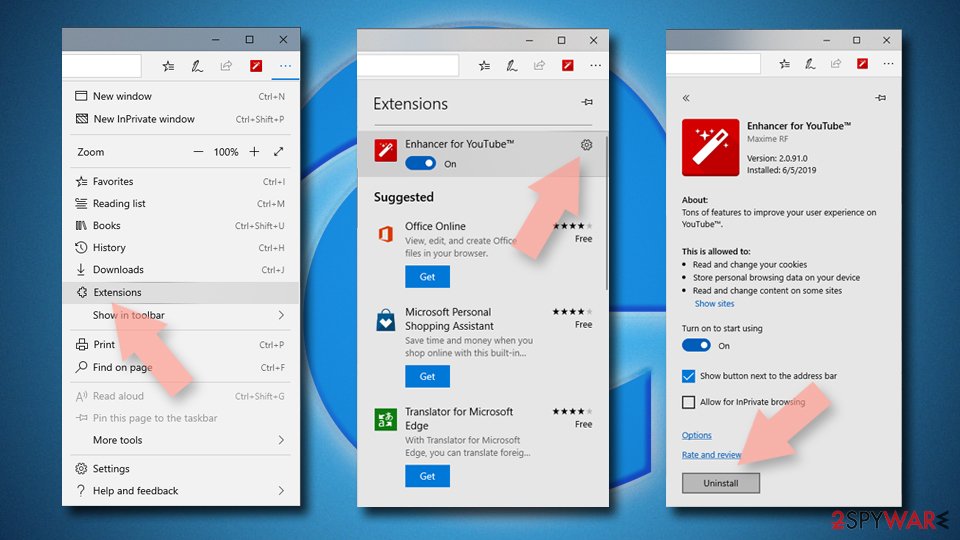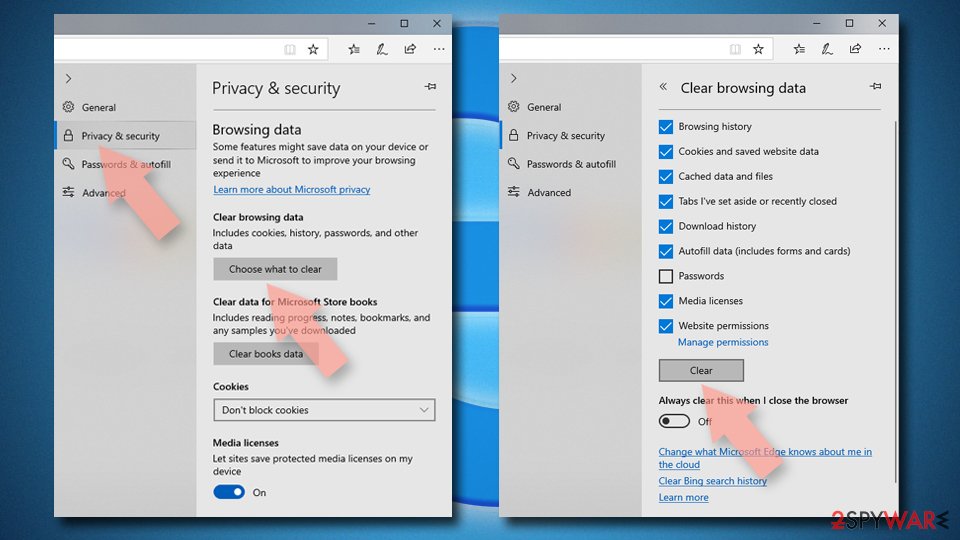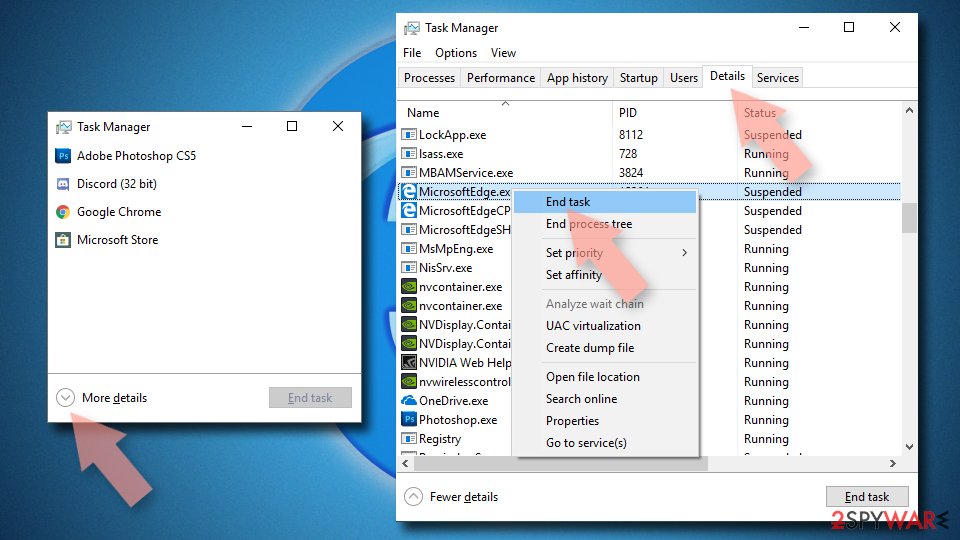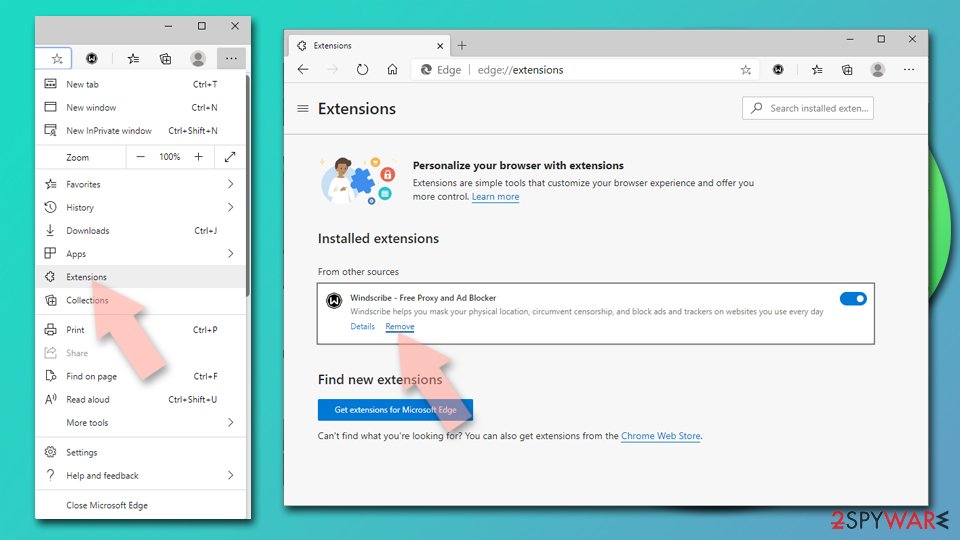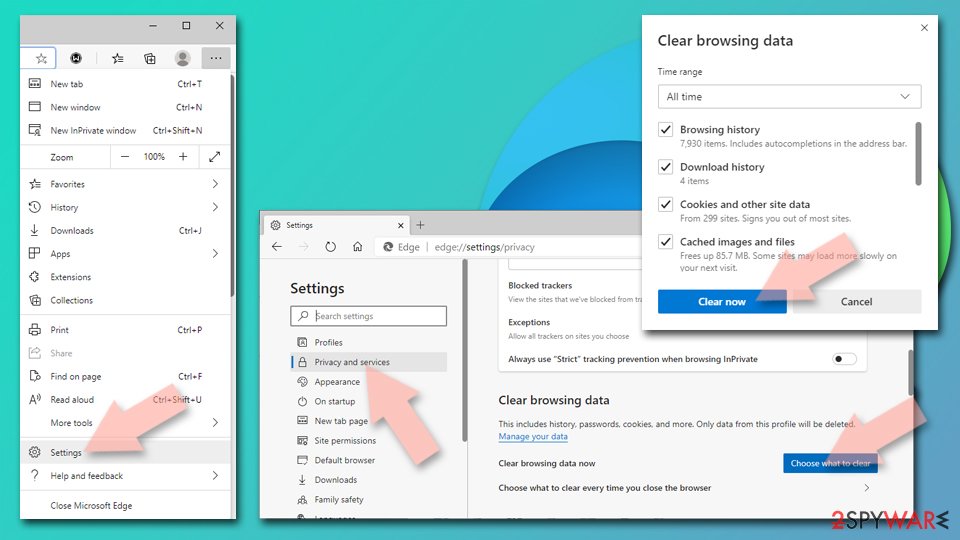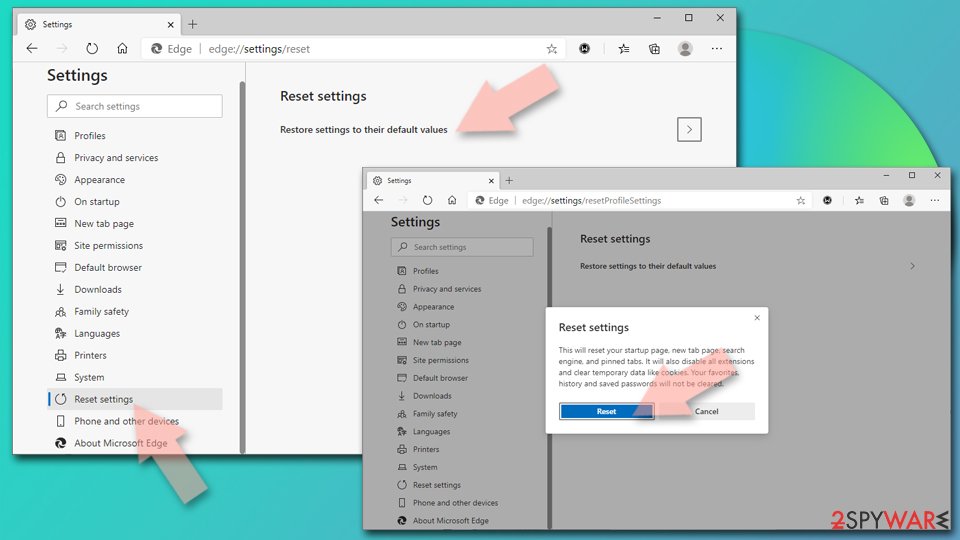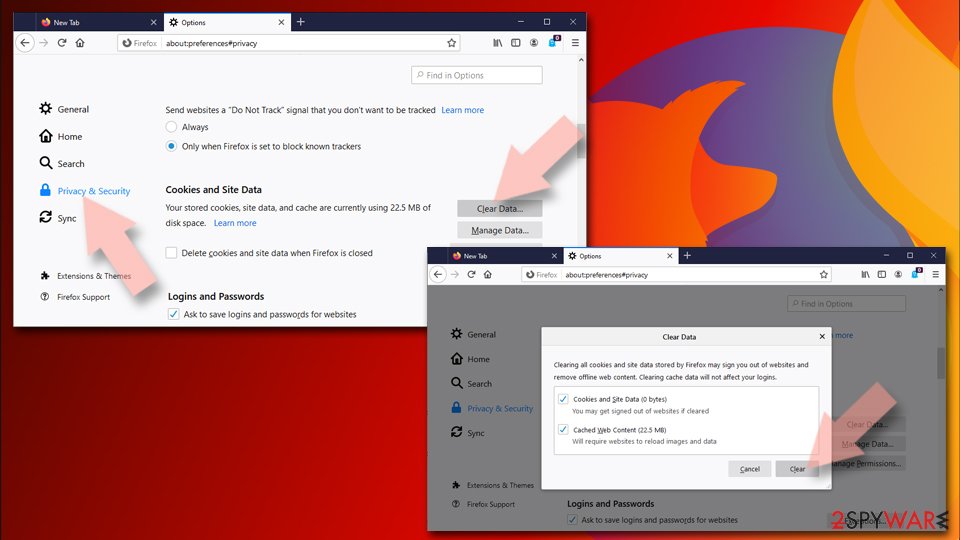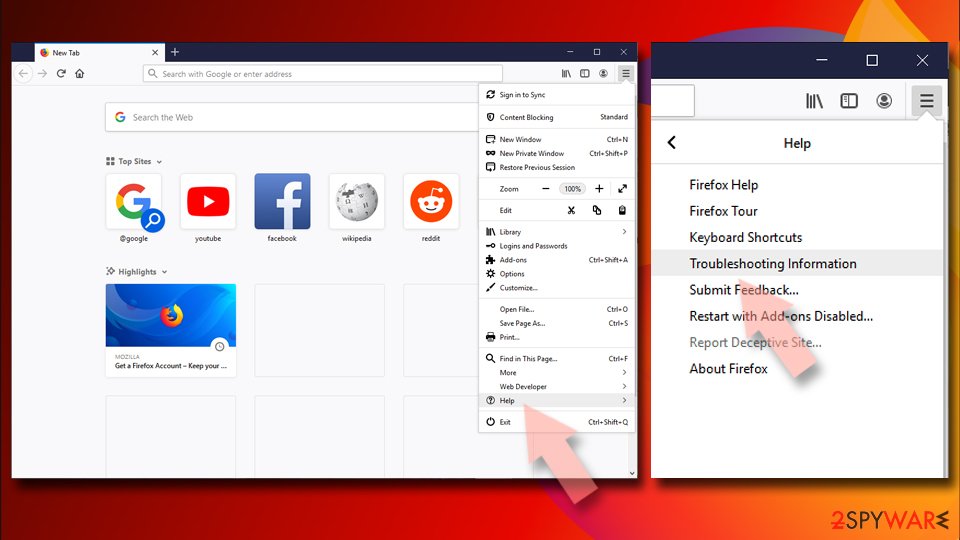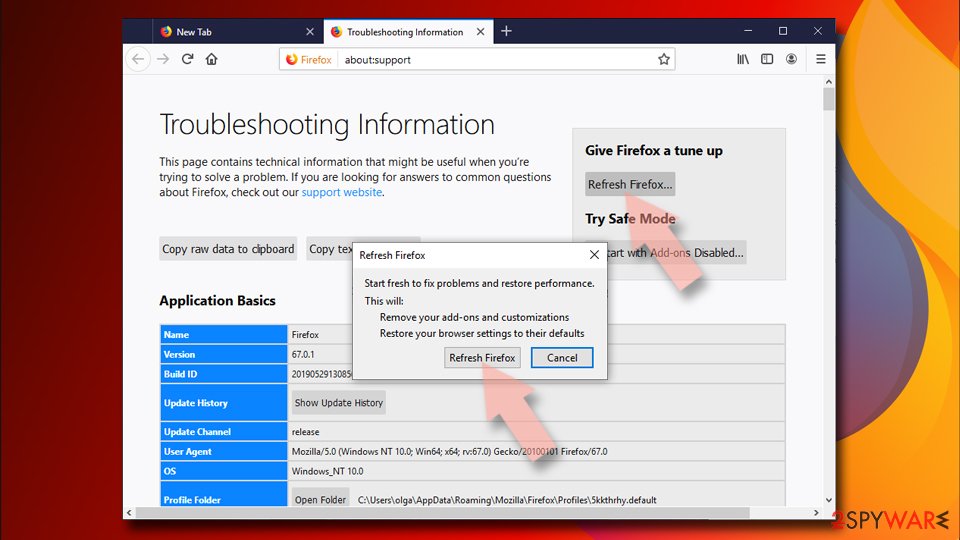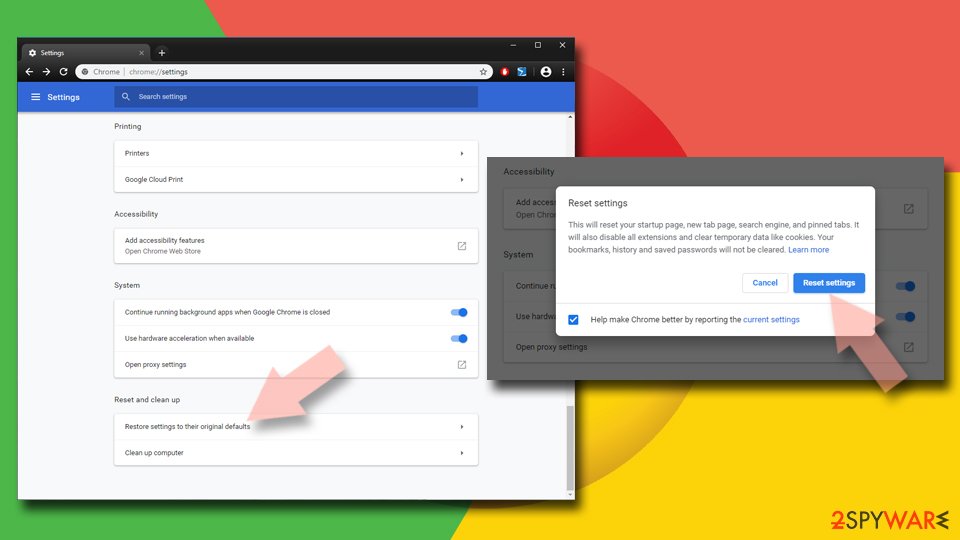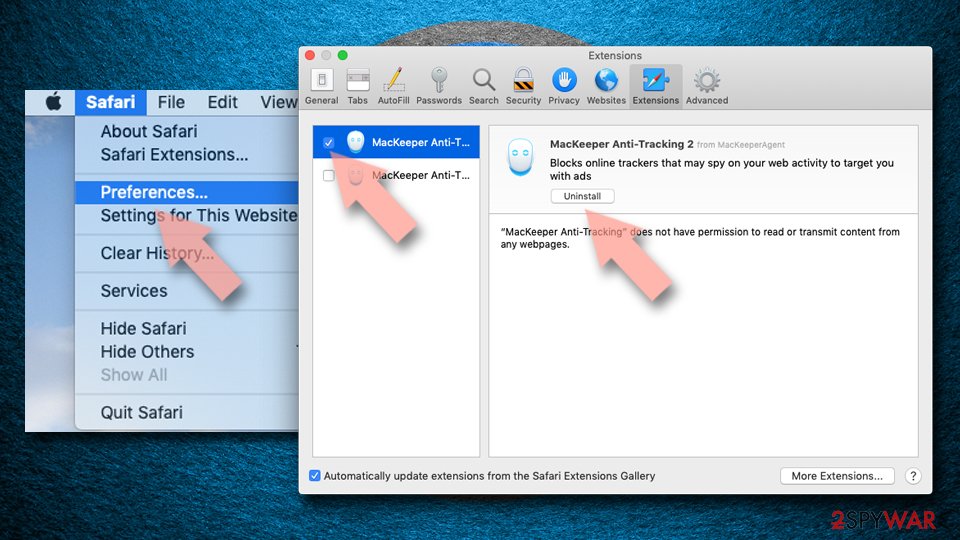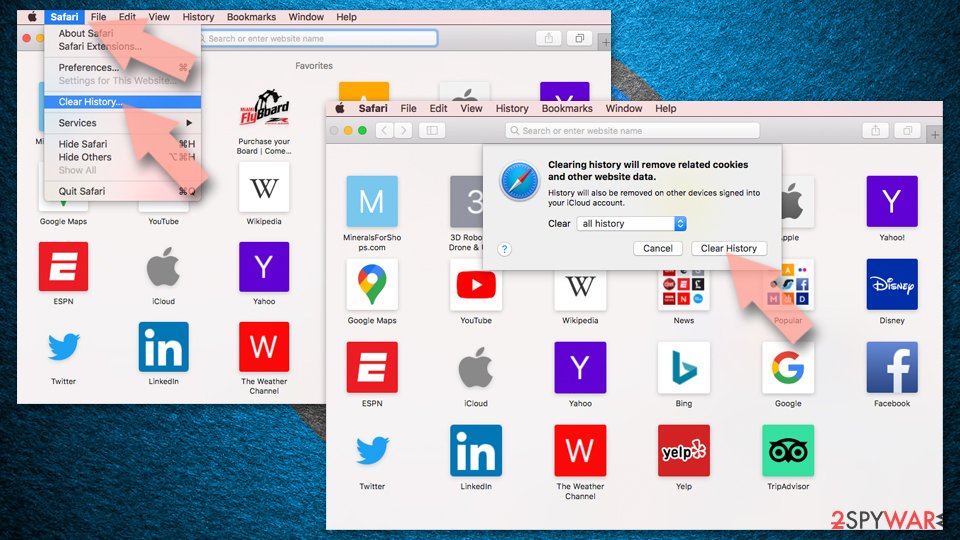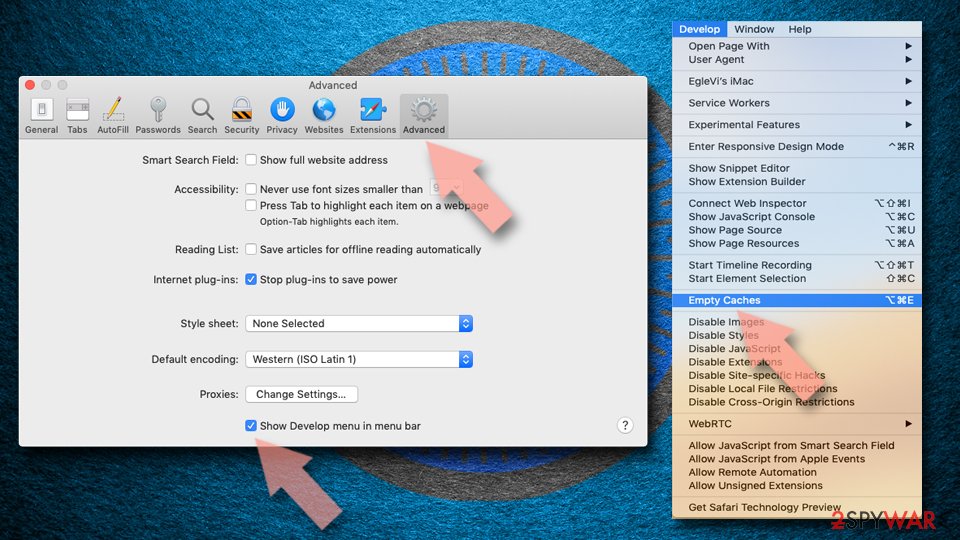AppGraffiti (Removal Guide) - updated Jul 2018
AppGraffiti Removal Guide
What is AppGraffiti?
AppGraffiti – adware which tricks users with its “useful” features

AppGraffiti is considered as a PUP or adware which was created by a company called Omega Partners Ltd. This program might seem useful from the first view, but, in fact, it is the opposite. It infiltrates the system secretly and offers “useful” features such as various backgrounds, themes, and layouts for your social profiles on most commonly known sites such as Facebook, Twitter, Youtube, Instagram, and others. However, this dubious application produces numerous annoying ads which pop-up whenever you are trying to browse the Web.
| Name | AppGraffiti |
|---|---|
| Type | Adware |
| “Useful” features | Provides backgrounds, layouts, and themes for your profiles on popular sites |
| Browsers affected | Google Chrome, Mozilla Firefox, Internet Explorer, Microsoft Edge, Safari |
| Purpose | To gain revenue from the pay-per-click method |
| Distribution | Sofwatr bundles, suspicious websites |
| Avoid it | Install antivirus protection, avoid visiting dubious pages |
| Elimination process | Use FortectIntego for such purpose |
People get tricked by this suspicious program after being convinced that it is a fun tool capable of making their social profiles more interesting. However, it does not bring any good for the user because its primary goal is to profit from its victims by tricking them into clicking on the advertisements that are produced by AppGraffiti virus. Such a method is called pay-per-click[1] and helps developers of this app get income from every click you make on the provided adverts.
Furthermore, various non-personal details are gathered by this adware once it gets into the system:
- IP addresses;
- Sites you visit;
- Search queries entered;
- Keystrokes;
- Videos viewed.
Such information is used to generate eye-catching ads which might seem profitable for the user because they are set according to his/her browsing habits. Nevertheless, such ads can contain dubious links redirecting their victims to harmful pages. Once clicked, such advertisement might redirect you to a fake website which promoting fake updates, invented contests and similar content. As a result, catching a serious malware infection becomes possible. To avoid such risk, you need to remove AppGraffiti virus from your PC as soon as you notice its annoying advertising routine. Use FortectIntego to perform such action.
Another reason to work on the AppGraffiti removal is continuous slowdowns. This dubious app might slow down your browser and might even initiate crashes on it by providing numerous ads. Such components can overload your browser, and make your browsing slower. Typically, surfing the web becomes harder to maintain and you might start facing crash downs.

Regular software might include adware-type programs
According to cybersecurity professionals[2], PUPs, such as adware, are widely spread through software bundles. “Bundling” is a common method used nowadays. In this case, an unnecessary component comes within regular freeware which is seeking to generate pay-per-download revenue. Fortunately, you can doublecheck the software for such unwanted components (usually PUPs) by opting for Custom or Advanced installation modes. Then, make sure you deselect check marks that allow installation of such apps on your computer.
Moreover, clicking on dubious links might increase the risk of the appearance of adware-type infections. You might miss a harmful link that, once clicked, can start downloading the PUP or even malware. Better stay away from all unrecognizable websites[3] and if you managed to enter one, leave it immediately and never return.
Get rid of AppGraffiti PUP
To remove AppGraffiti virus from your PC and its added components from your browsers such as Chrome, Firefox, Explorer, Safari, Edge, etc., you will need to delete the entire content related to this virus. All browser extensions, apps, and other dubious plug-ins need to be eliminated to succeed in this process and forget about unwanted ads. Manual removal method, which explains how to get rid of unwanted extensions and similar components, is explained below the article.
If you want to perform the full AppGraffiti removal in a faster way, you can choose one of the anti-malware tools given in the guide below. After selecting any of these programs, run a scan and forget about your cyber threat in minutes. After everything is finished, refresh browsers to check if any adware-added components are left.
You may remove virus damage with a help of FortectIntego. SpyHunter 5Combo Cleaner and Malwarebytes are recommended to detect potentially unwanted programs and viruses with all their files and registry entries that are related to them.
Getting rid of AppGraffiti. Follow these steps
Uninstall from Windows
Instructions for Windows 10/8 machines:
- Enter Control Panel into Windows search box and hit Enter or click on the search result.
- Under Programs, select Uninstall a program.

- From the list, find the entry of the suspicious program.
- Right-click on the application and select Uninstall.
- If User Account Control shows up, click Yes.
- Wait till uninstallation process is complete and click OK.

If you are Windows 7/XP user, proceed with the following instructions:
- Click on Windows Start > Control Panel located on the right pane (if you are Windows XP user, click on Add/Remove Programs).
- In Control Panel, select Programs > Uninstall a program.

- Pick the unwanted application by clicking on it once.
- At the top, click Uninstall/Change.
- In the confirmation prompt, pick Yes.
- Click OK once the removal process is finished.
Delete from macOS
To delete AppGraffiti from Mac OS X, follow these instructions:
Remove items from Applications folder:
- From the menu bar, select Go > Applications.
- In the Applications folder, look for all related entries.
- Click on the app and drag it to Trash (or right-click and pick Move to Trash)

To fully remove an unwanted app, you need to access Application Support, LaunchAgents, and LaunchDaemons folders and delete relevant files:
- Select Go > Go to Folder.
- Enter /Library/Application Support and click Go or press Enter.
- In the Application Support folder, look for any dubious entries and then delete them.
- Now enter /Library/LaunchAgents and /Library/LaunchDaemons folders the same way and terminate all the related .plist files.

Remove from Microsoft Edge
Reset Edge:
Delete unwanted extensions from MS Edge:
- Select Menu (three horizontal dots at the top-right of the browser window) and pick Extensions.
- From the list, pick the extension and click on the Gear icon.
- Click on Uninstall at the bottom.

Clear cookies and other browser data:
- Click on the Menu (three horizontal dots at the top-right of the browser window) and select Privacy & security.
- Under Clear browsing data, pick Choose what to clear.
- Select everything (apart from passwords, although you might want to include Media licenses as well, if applicable) and click on Clear.

Restore new tab and homepage settings:
- Click the menu icon and choose Settings.
- Then find On startup section.
- Click Disable if you found any suspicious domain.
Reset MS Edge if the above steps did not work:
- Press on Ctrl + Shift + Esc to open Task Manager.
- Click on More details arrow at the bottom of the window.
- Select Details tab.
- Now scroll down and locate every entry with Microsoft Edge name in it. Right-click on each of them and select End Task to stop MS Edge from running.

If this solution failed to help you, you need to use an advanced Edge reset method. Note that you need to backup your data before proceeding.
- Find the following folder on your computer: C:\\Users\\%username%\\AppData\\Local\\Packages\\Microsoft.MicrosoftEdge_8wekyb3d8bbwe.
- Press Ctrl + A on your keyboard to select all folders.
- Right-click on them and pick Delete

- Now right-click on the Start button and pick Windows PowerShell (Admin).
- When the new window opens, copy and paste the following command, and then press Enter:
Get-AppXPackage -AllUsers -Name Microsoft.MicrosoftEdge | Foreach {Add-AppxPackage -DisableDevelopmentMode -Register “$($_.InstallLocation)\\AppXManifest.xml” -Verbose

Instructions for Chromium-based Edge
Delete extensions from MS Edge (Chromium):
- Open Edge and click select Settings > Extensions.
- Delete unwanted extensions by clicking Remove.

Clear cache and site data:
- Click on Menu and go to Settings.
- Select Privacy, search and services.
- Under Clear browsing data, pick Choose what to clear.
- Under Time range, pick All time.
- Select Clear now.

Reset Chromium-based MS Edge:
- Click on Menu and select Settings.
- On the left side, pick Reset settings.
- Select Restore settings to their default values.
- Confirm with Reset.

Remove from Mozilla Firefox (FF)
Remove dangerous extensions:
- Open Mozilla Firefox browser and click on the Menu (three horizontal lines at the top-right of the window).
- Select Add-ons.
- In here, select unwanted plugin and click Remove.

Reset the homepage:
- Click three horizontal lines at the top right corner to open the menu.
- Choose Options.
- Under Home options, enter your preferred site that will open every time you newly open the Mozilla Firefox.
Clear cookies and site data:
- Click Menu and pick Settings.
- Go to Privacy & Security section.
- Scroll down to locate Cookies and Site Data.
- Click on Clear Data…
- Select Cookies and Site Data, as well as Cached Web Content and press Clear.

Reset Mozilla Firefox
If clearing the browser as explained above did not help, reset Mozilla Firefox:
- Open Mozilla Firefox browser and click the Menu.
- Go to Help and then choose Troubleshooting Information.

- Under Give Firefox a tune up section, click on Refresh Firefox…
- Once the pop-up shows up, confirm the action by pressing on Refresh Firefox.

Remove from Google Chrome
Refresh your Google Chrome browser by performing this guide:
Delete malicious extensions from Google Chrome:
- Open Google Chrome, click on the Menu (three vertical dots at the top-right corner) and select More tools > Extensions.
- In the newly opened window, you will see all the installed extensions. Uninstall all the suspicious plugins that might be related to the unwanted program by clicking Remove.

Clear cache and web data from Chrome:
- Click on Menu and pick Settings.
- Under Privacy and security, select Clear browsing data.
- Select Browsing history, Cookies and other site data, as well as Cached images and files.
- Click Clear data.

Change your homepage:
- Click menu and choose Settings.
- Look for a suspicious site in the On startup section.
- Click on Open a specific or set of pages and click on three dots to find the Remove option.
Reset Google Chrome:
If the previous methods did not help you, reset Google Chrome to eliminate all the unwanted components:
- Click on Menu and select Settings.
- In the Settings, scroll down and click Advanced.
- Scroll down and locate Reset and clean up section.
- Now click Restore settings to their original defaults.
- Confirm with Reset settings.

Delete from Safari
Remove unwanted extensions from Safari:
- Click Safari > Preferences…
- In the new window, pick Extensions.
- Select the unwanted extension and select Uninstall.

Clear cookies and other website data from Safari:
- Click Safari > Clear History…
- From the drop-down menu under Clear, pick all history.
- Confirm with Clear History.

Reset Safari if the above-mentioned steps did not help you:
- Click Safari > Preferences…
- Go to Advanced tab.
- Tick the Show Develop menu in menu bar.
- From the menu bar, click Develop, and then select Empty Caches.

After uninstalling this potentially unwanted program (PUP) and fixing each of your web browsers, we recommend you to scan your PC system with a reputable anti-spyware. This will help you to get rid of AppGraffiti registry traces and will also identify related parasites or possible malware infections on your computer. For that you can use our top-rated malware remover: FortectIntego, SpyHunter 5Combo Cleaner or Malwarebytes.
How to prevent from getting adware
Choose a proper web browser and improve your safety with a VPN tool
Online spying has got momentum in recent years and people are getting more and more interested in how to protect their privacy online. One of the basic means to add a layer of security – choose the most private and secure web browser. Although web browsers can't grant full privacy protection and security, some of them are much better at sandboxing, HTTPS upgrading, active content blocking, tracking blocking, phishing protection, and similar privacy-oriented features. However, if you want true anonymity, we suggest you employ a powerful Private Internet Access VPN – it can encrypt all the traffic that comes and goes out of your computer, preventing tracking completely.
Lost your files? Use data recovery software
While some files located on any computer are replaceable or useless, others can be extremely valuable. Family photos, work documents, school projects – these are types of files that we don't want to lose. Unfortunately, there are many ways how unexpected data loss can occur: power cuts, Blue Screen of Death errors, hardware failures, crypto-malware attack, or even accidental deletion.
To ensure that all the files remain intact, you should prepare regular data backups. You can choose cloud-based or physical copies you could restore from later in case of a disaster. If your backups were lost as well or you never bothered to prepare any, Data Recovery Pro can be your only hope to retrieve your invaluable files.
- ^ Pay-per-click. Wikipedia. The free encyclopedia.
- ^ Uirusu. Tech tips. Security problem solving.
- ^ 5 Ways To Avoid Adware And Malware. Dark Reading. Latest info.





